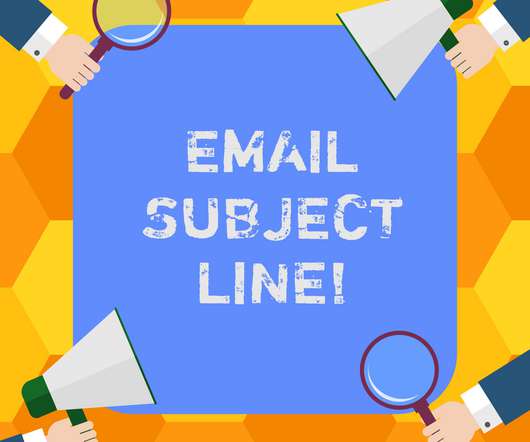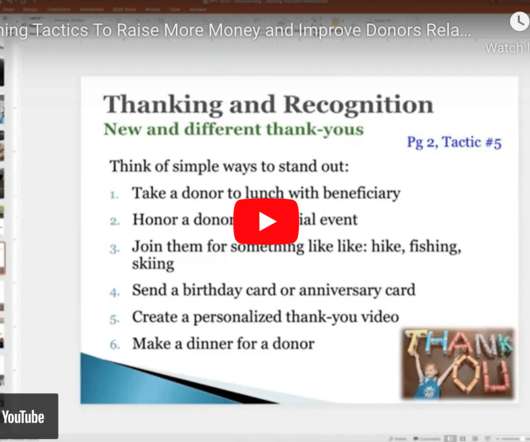Force Multiplier Podcast Episode 1: Addressing Hidden Hunger in our Communities
Saleforce Nonprofit
AUGUST 12, 2021
We once thought the problem was simply about a lack of calories, but now we know it’s more about not having enough nutritious food to support body and brain development. The kind of food that nourishes the mind and body, and is foundational to growth and many other critical human needs, like education, housing, jobs, and transportation.


















Let's personalize your content